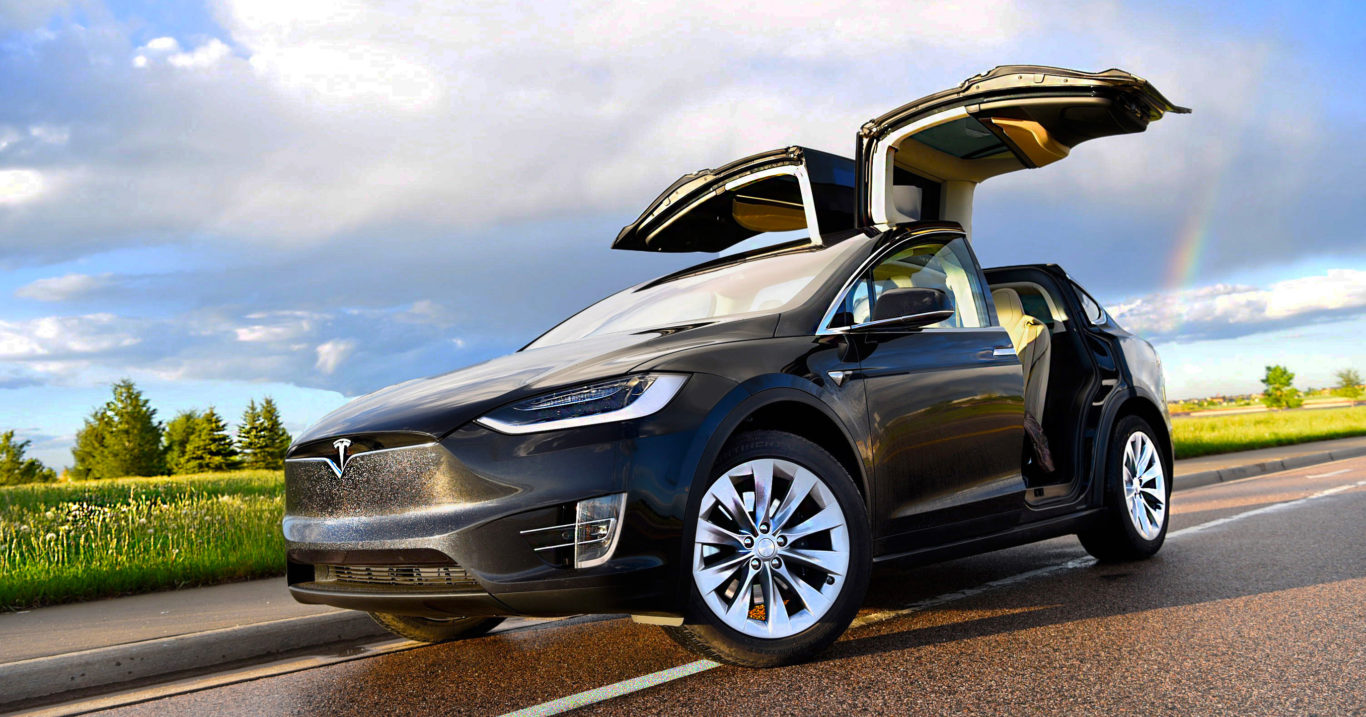
Small Collision Repair on Hybrids and EVs
Small collision repair on your Hybrid or EV shouldn’t cause you any more trouble than a conventionally powered vehicle.
The last thing you want to hear after being involved in a collision is that your hybrid or electric vehicle can’t be serviced because it requires special attention. The good news is that at the right shop, small collision repair on an electric or hybrid car is just as fast and safe as a conventional gas-powered car. Here is a brief run-down of how we treat vehicles with electric motors.
What is a Hybrid Vehicle?
Hybrid Vehicles (HVs) first hit North American roads about 20 years ago. The term “hybrid” is used to refer to any vehicle that uses both an electric motor and a conventional internal combustion engine. When compared to a purely conventional set up, a hybrid will consume less fuel and emit less CO2.
To be more specific, there are two types of hybrid cars available today: “conventional hybrids” and “plug-in hybrids”.
Conventional Hybrids are the most common, and were the first to market. These vehicles use a fossil-fuel powered engine to keep the batteries charged, which power the on-board electric motor. The wheels can be driven by the internal combustion engine, the electric motor, or both, depending on the driver’s demands for performance and economy.
Plug-In Hybrids are a little newer than conventional ones. These vehicles have a large battery that can be charged externally, by plugging into a wall outlet or power station. When the battery has juice, a plug-in hybrid can be run purely on electricity, making it incredibly efficient and emitting zero CO2. The real trick with plug-in vehicles is that when the batteries get low, or the driver demands more performance, they can be driven like a conventional hybrid as long as there is gas in the tank.
Special Steps for Collision Repair on Hybrids
Pre-Repair Check List
- All electrical components must be inspected for signs of damage.
- Any damaged body panels need to be checked for HV system wires, batteries, connectors, or modules that may have been damaged.
- If the vehicle is to be towed, proper care must be taken to avoid damaging any of the HV systems and reduce potential shock hazard.
The Importance of Proper Gloves
- The electrical system on your HV is designed with many safeguards that will shut down the electrical system if it senses any compromises to its system. That being said, it’s always best to wear lineman’s gloves when operating on a powerful electrical system.
- Gloves will protect the technicians as they work near vehicle components such as the battery, service plug receptacle, cables, inverter, electric motors, PHEV charge ports, or other electrical systems.
During The Repair
- The technician will disable the vehicle’s electrical propulsion system before any repair processes are begun.
- The technician will confirm proper shut down of the electrical system with a volt-ohm meter.
- Technicians will avoid touching any parts of the HV system.
- Any disconnected connectors will be kept clean and free of contamination.
- The technician will run a scan of the vehicle’s HV system before re-starting it, to avoid damage to the HV system.
Finding a Local Body Shop
When looking for auto body repair, make sure you ask them about their experience with repair on hybrids and EVs, as you want to be sure that your property is in good hands. At Island Color, you can avoid the long wait and for an expensive repair at an auto body shop. Not only will we save you time and money in the short run, but we can handle small collision repairs for near or less than the cost of your deductible, so your insurance rates won’t budge.